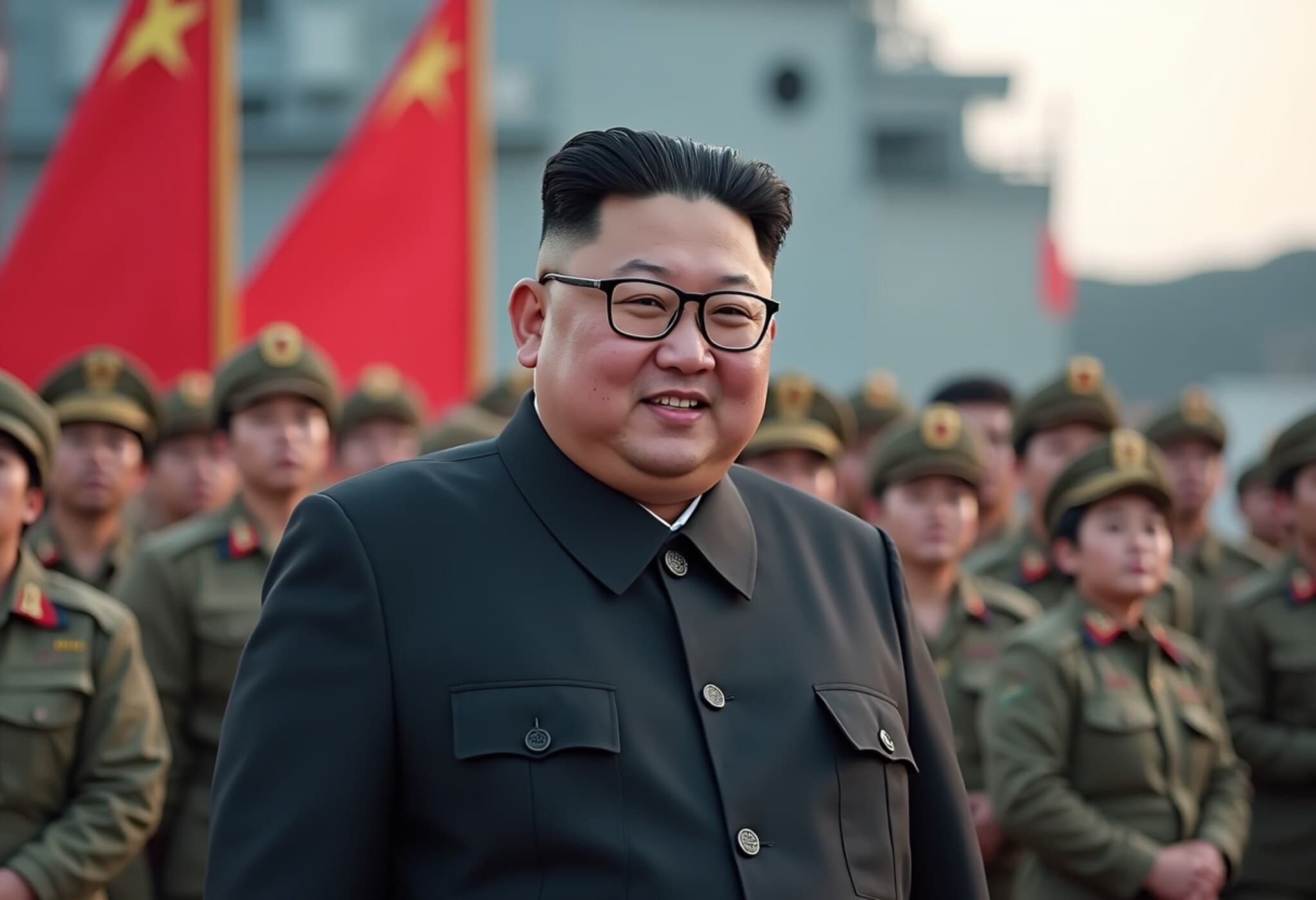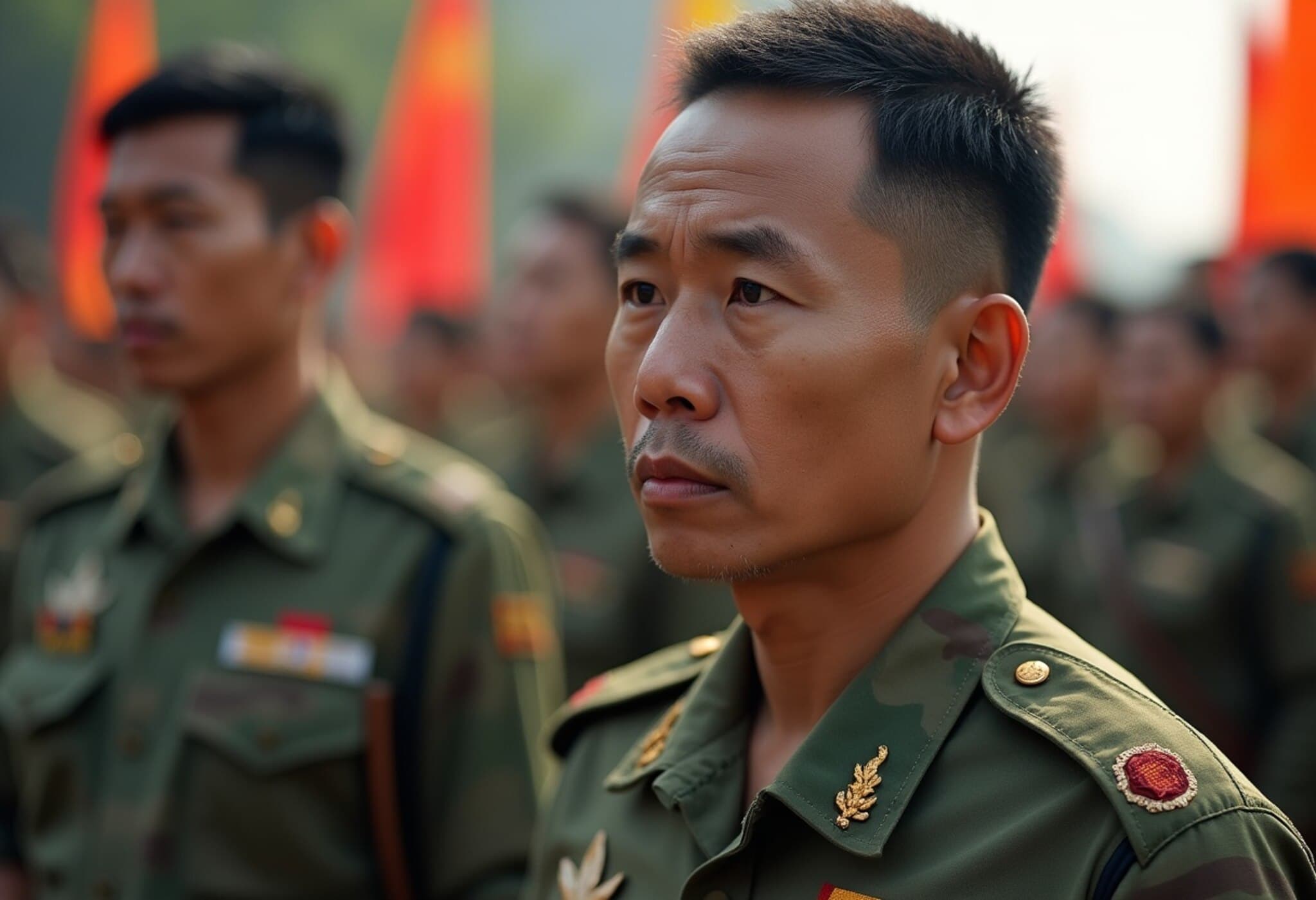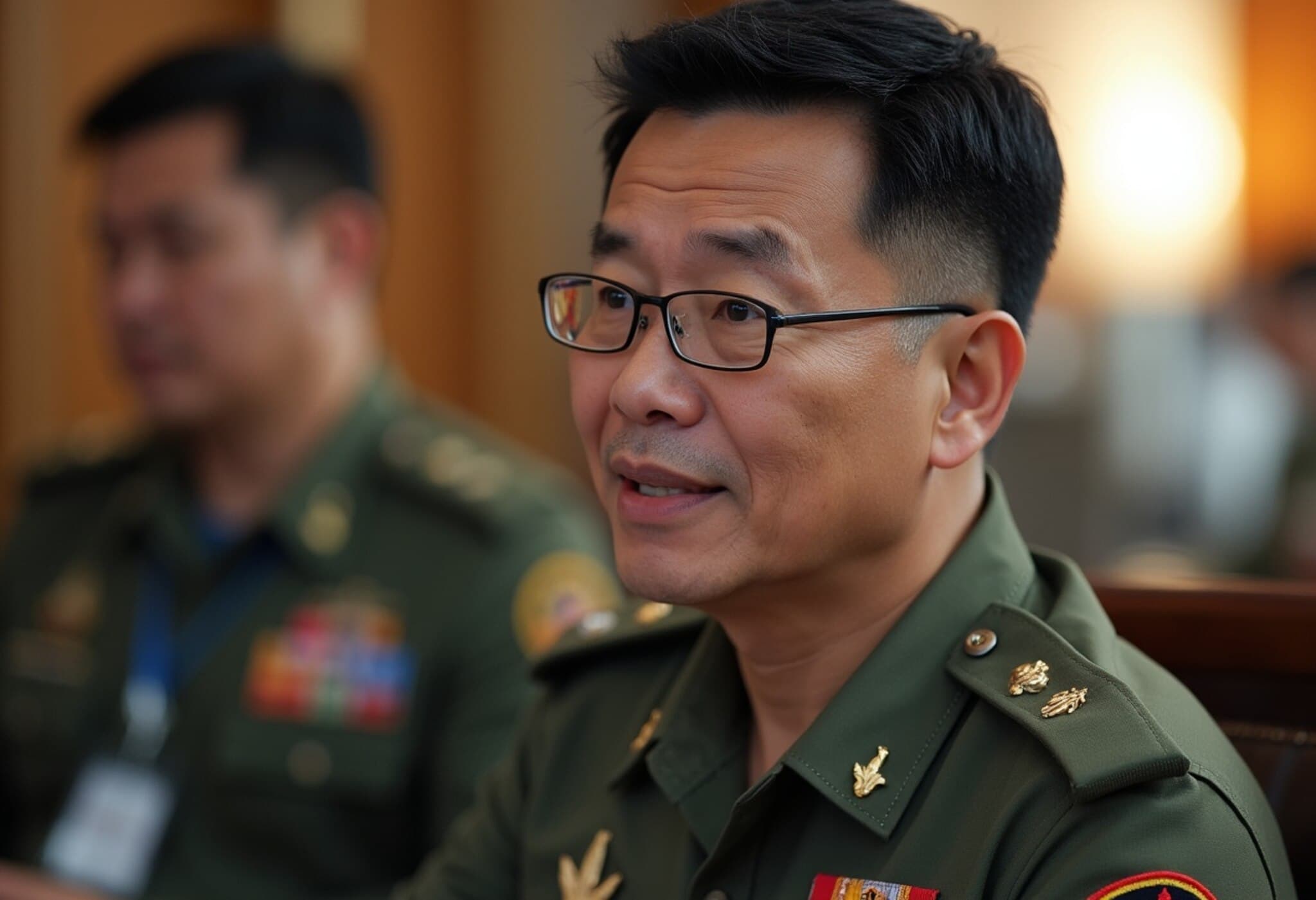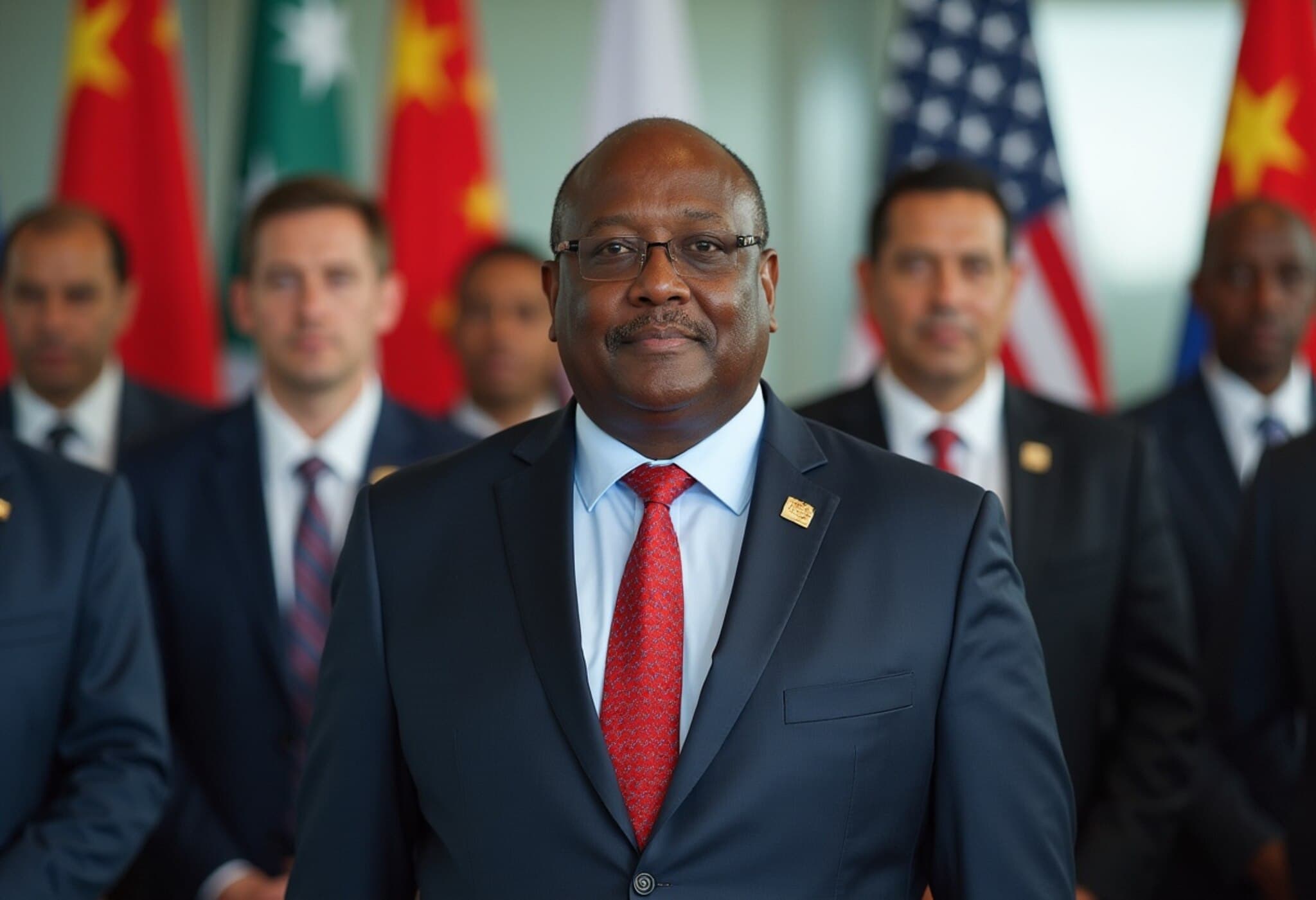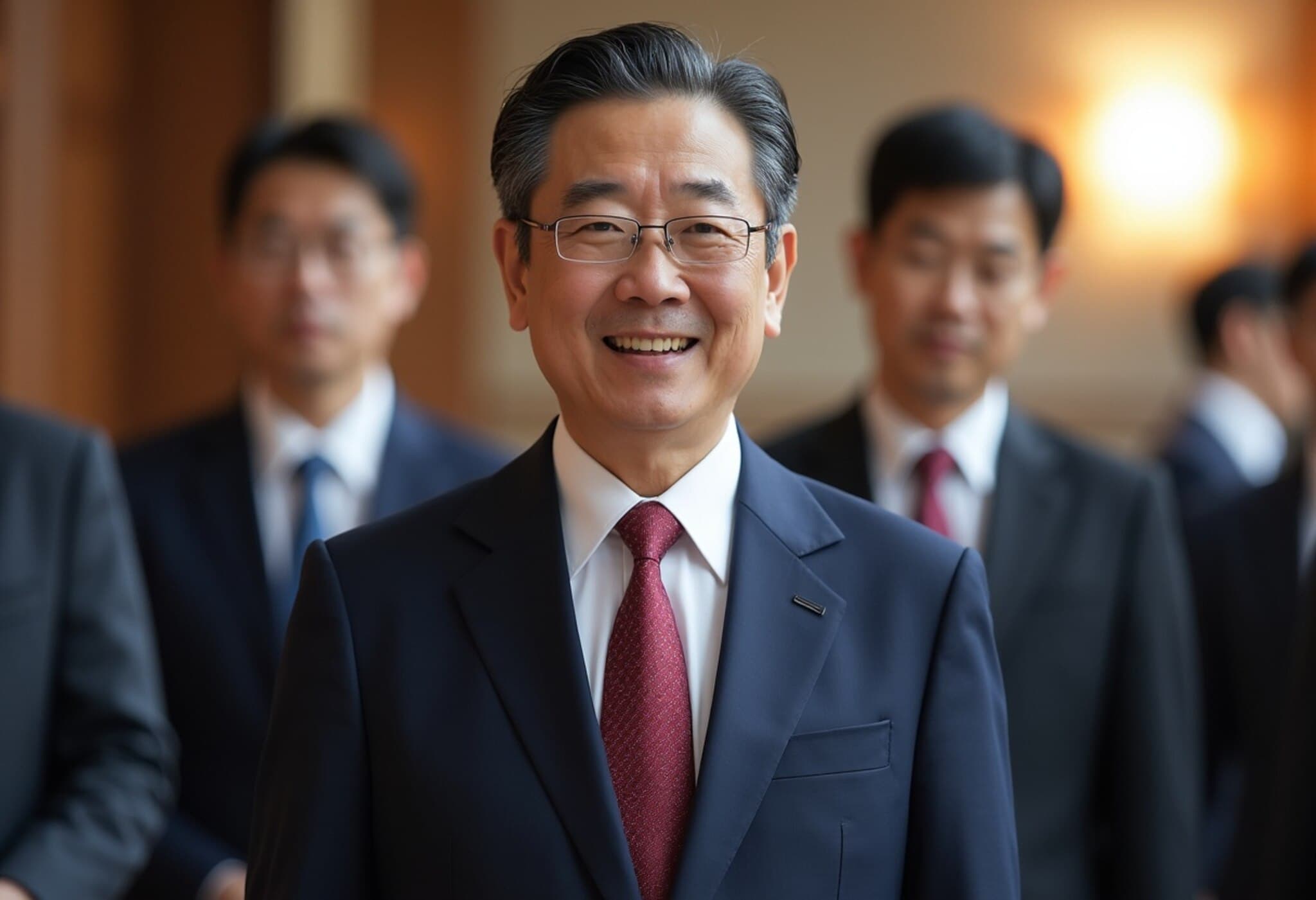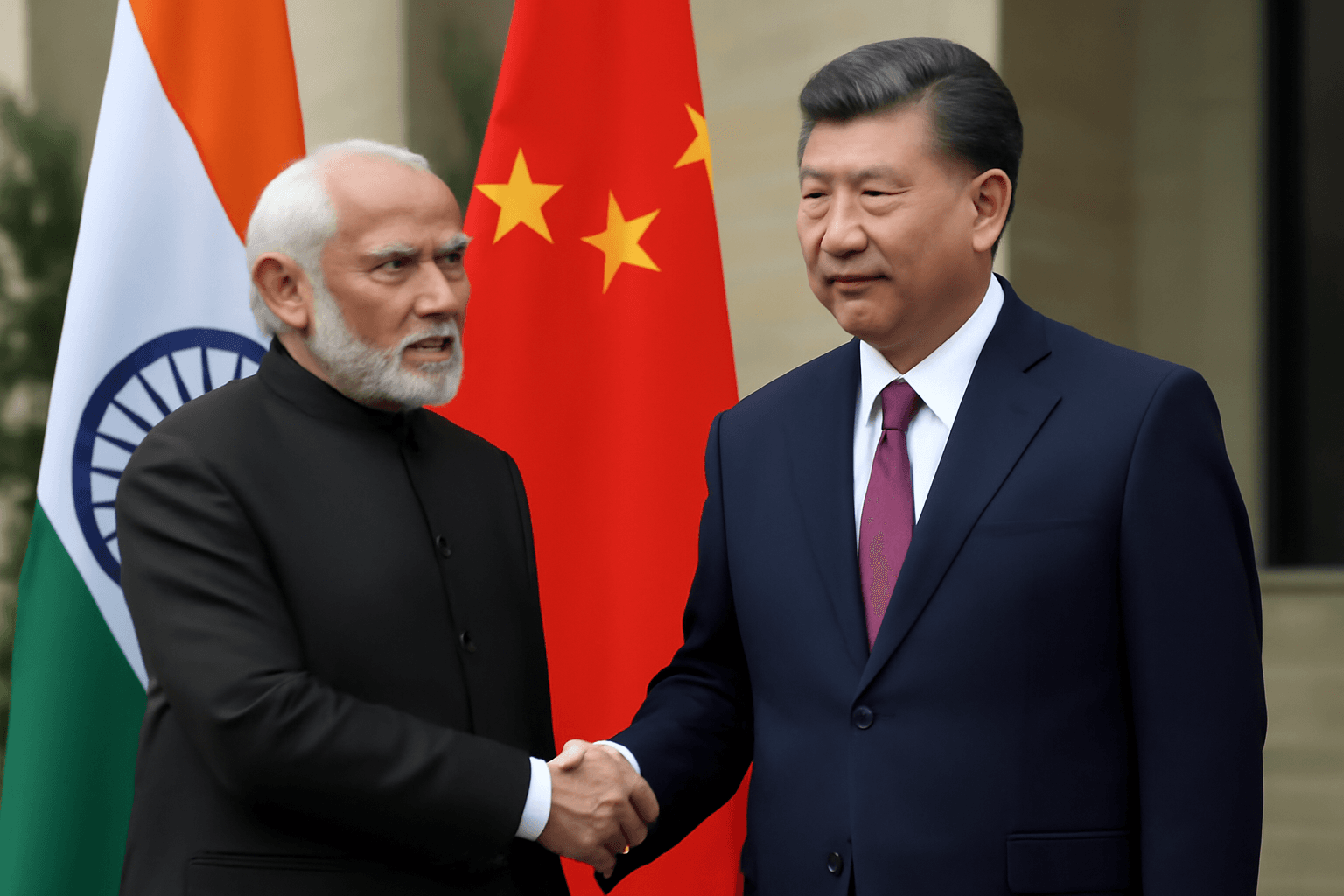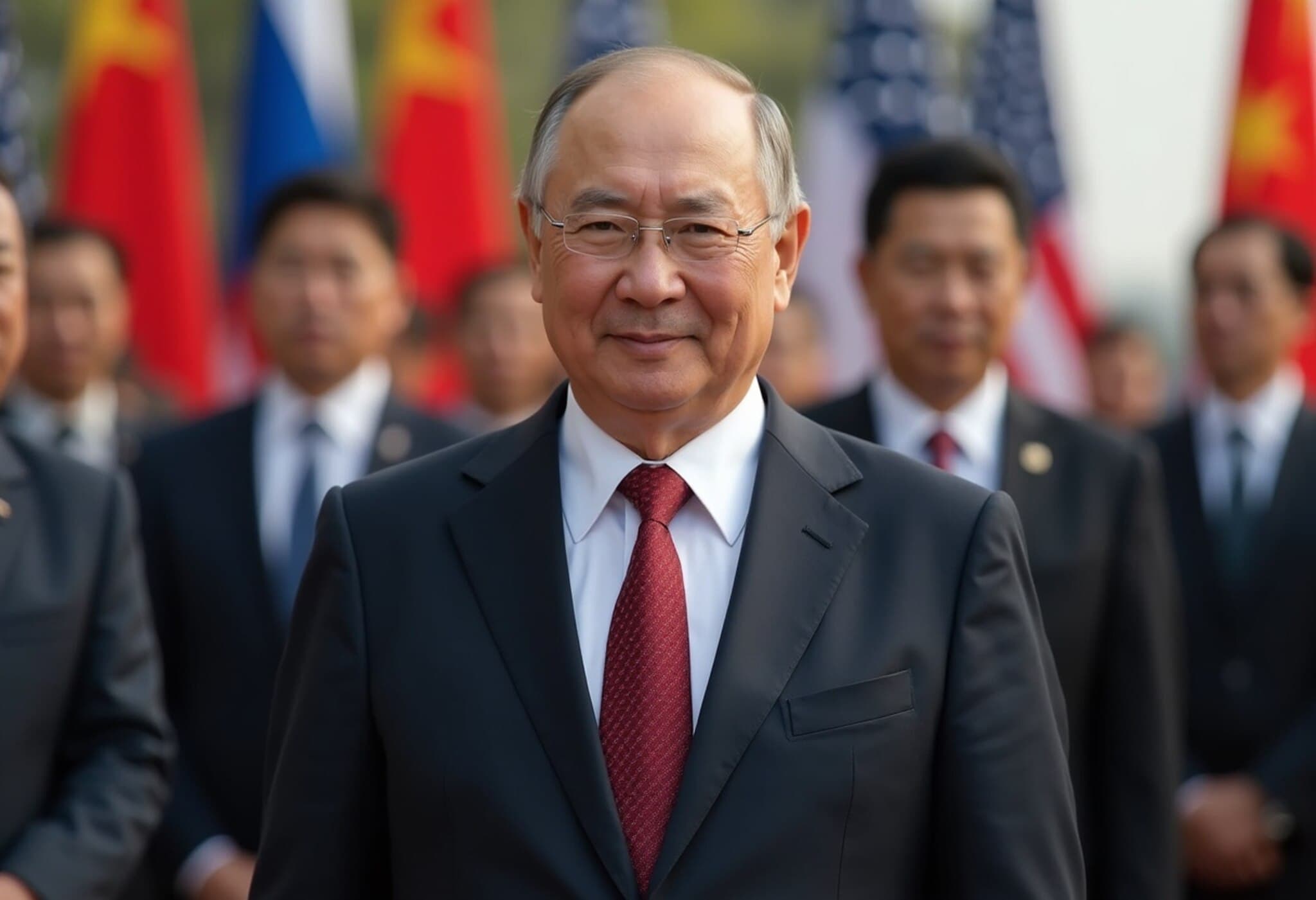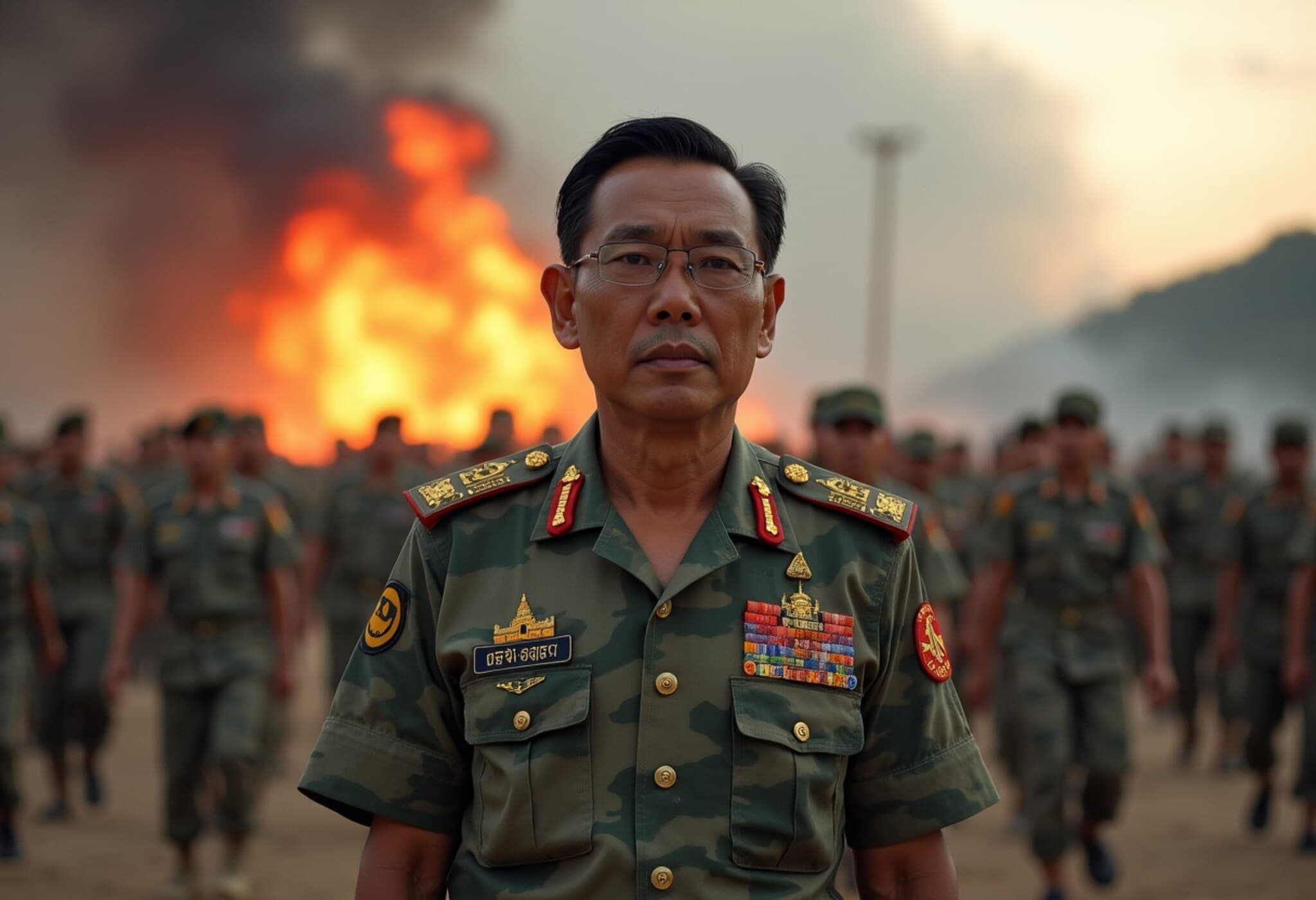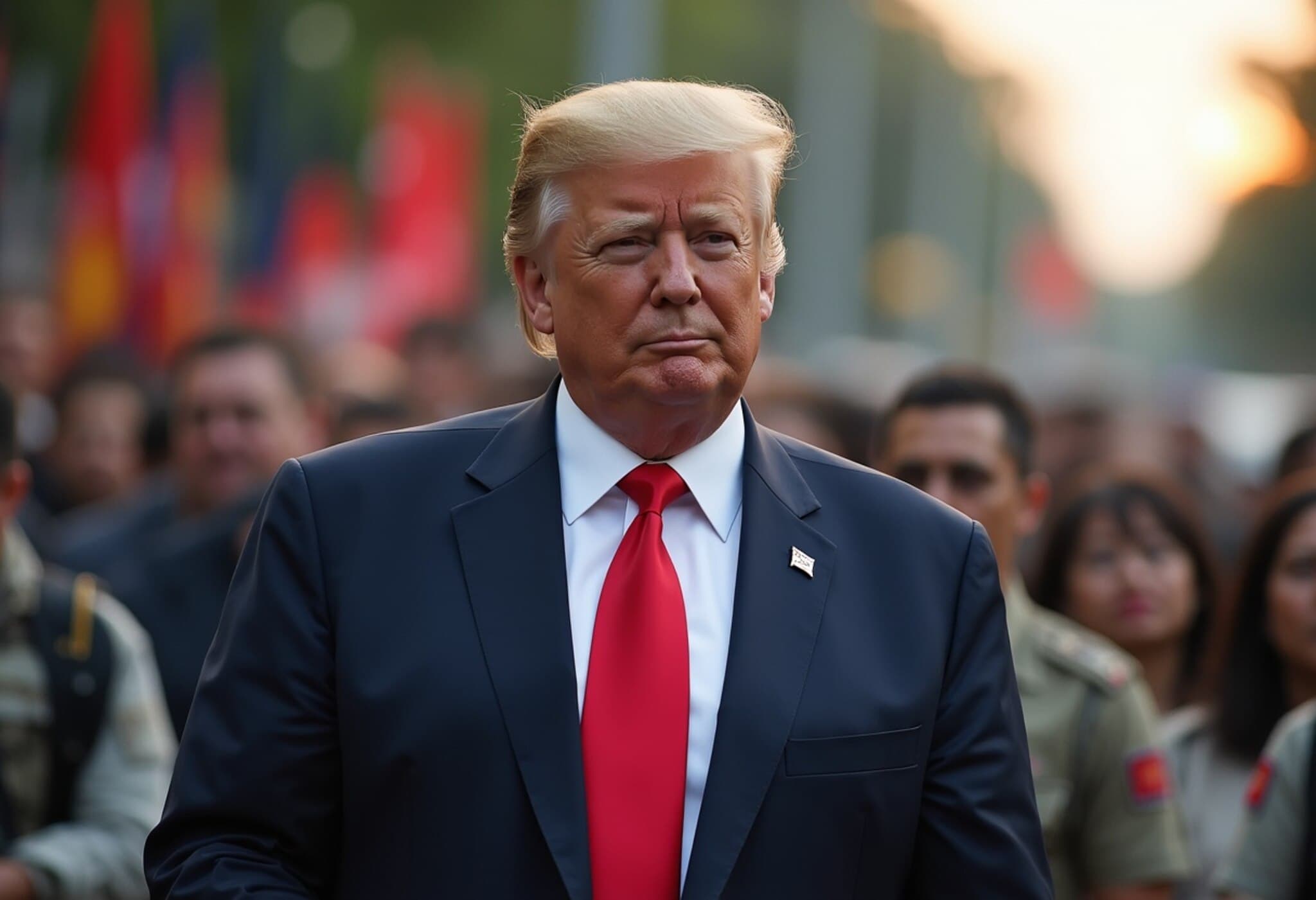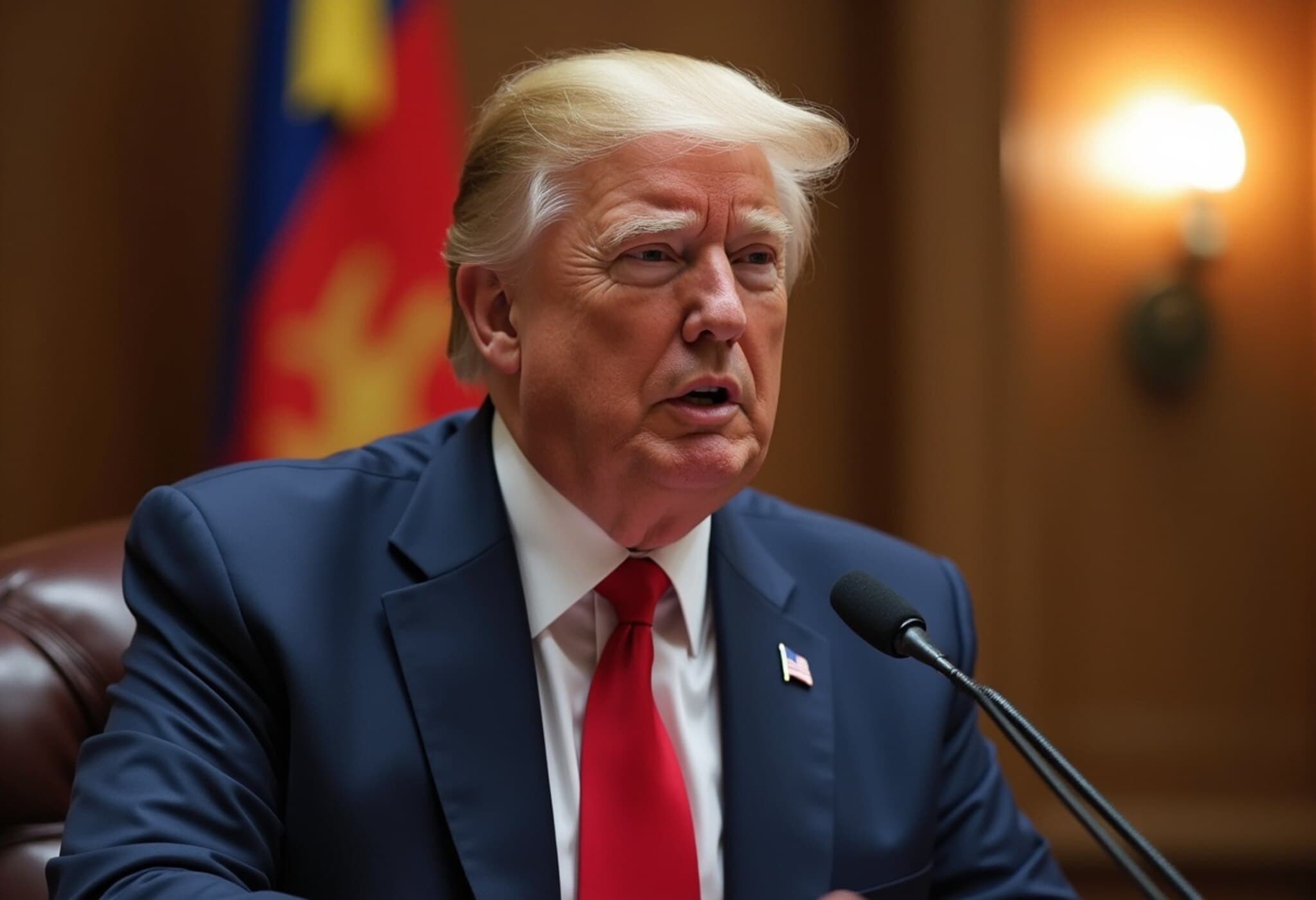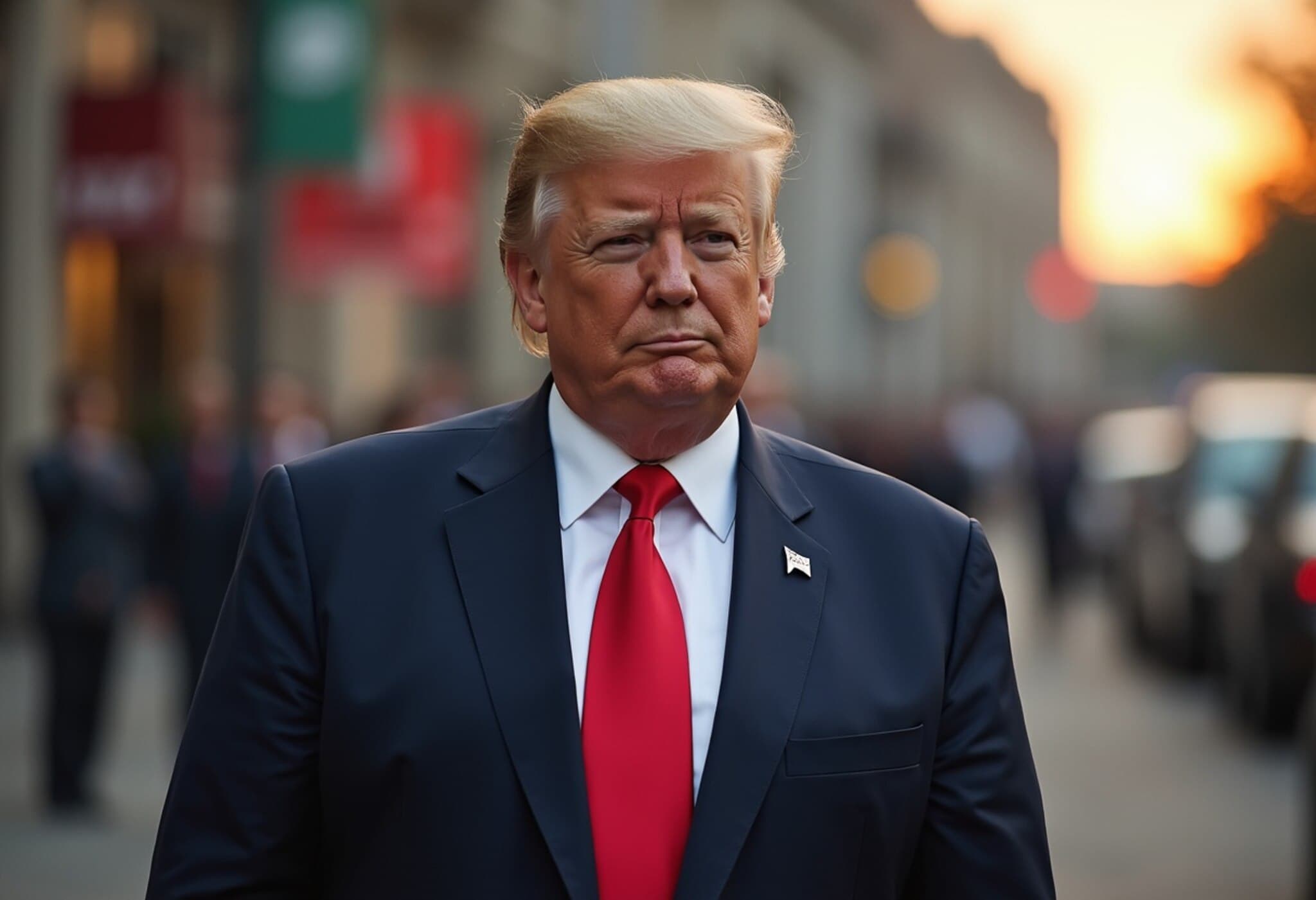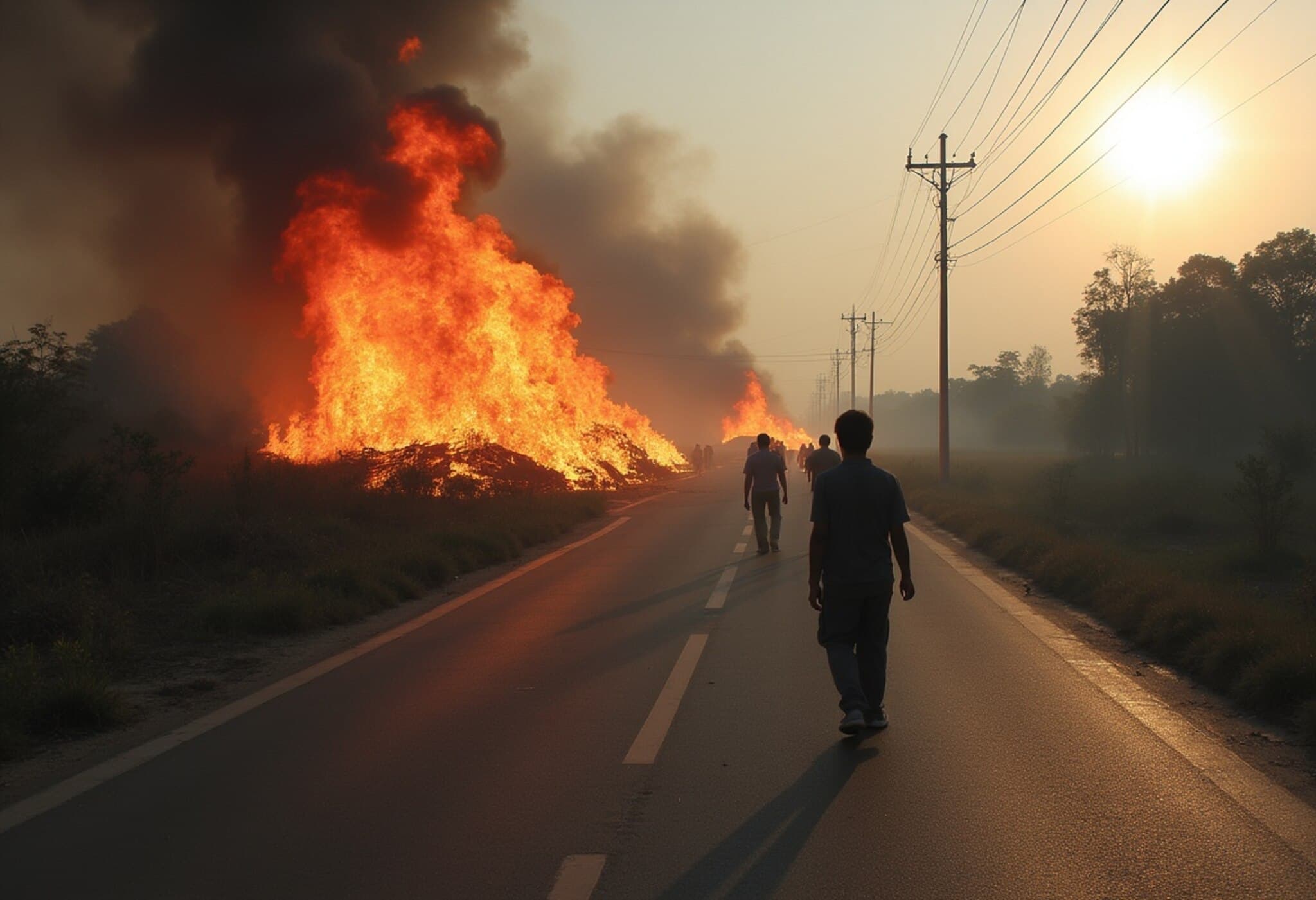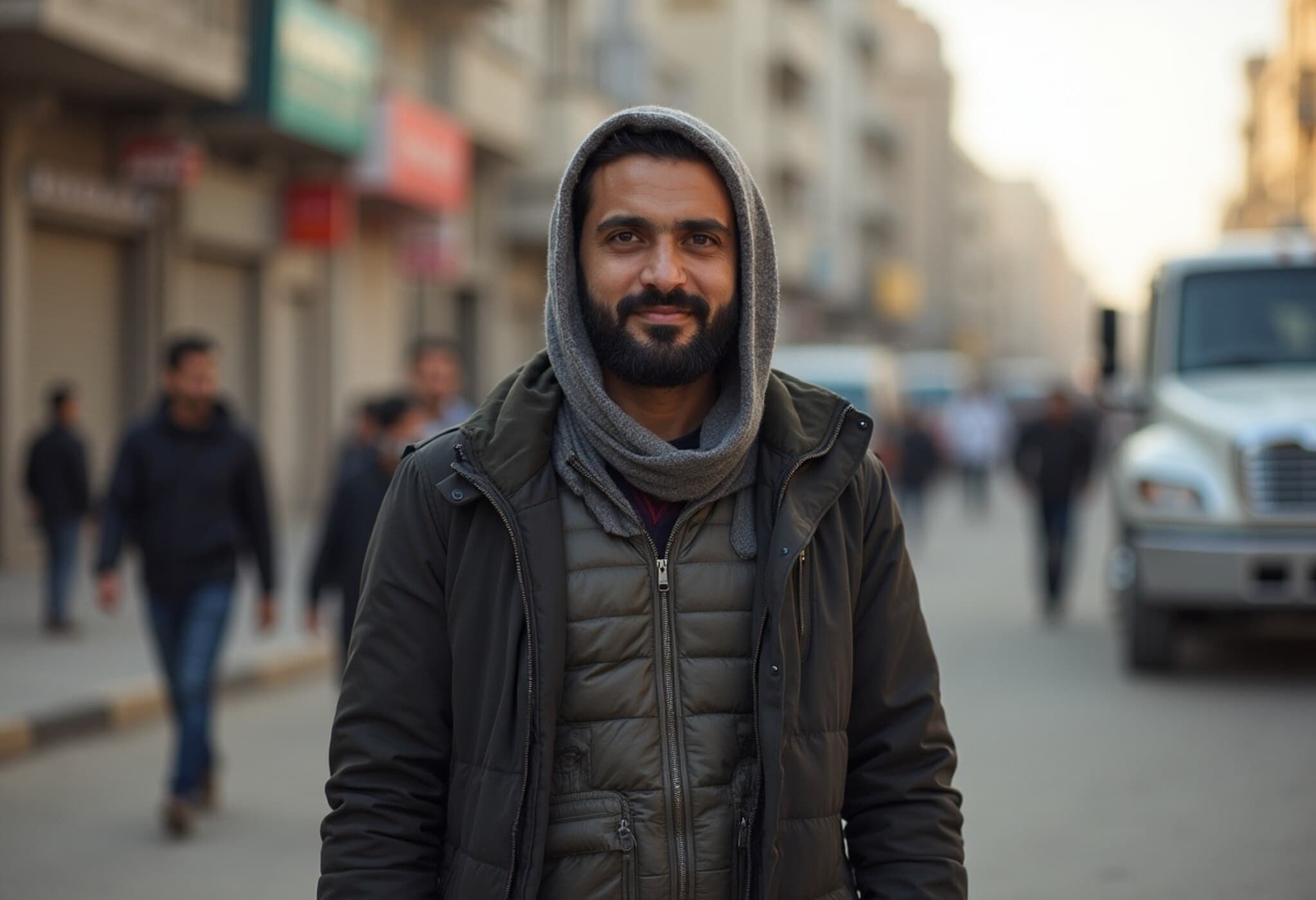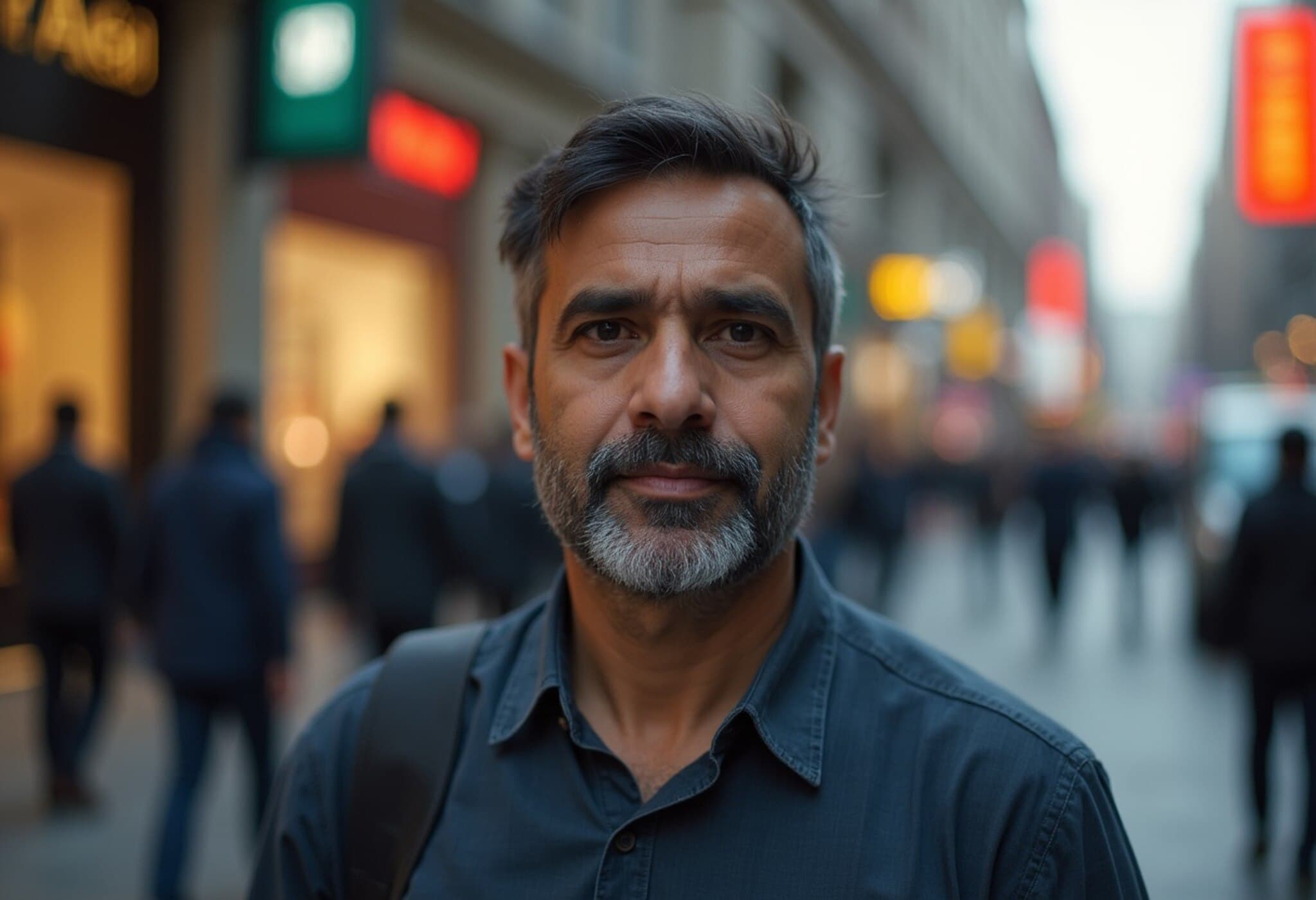Fierce Border Clashes Between Cambodia and Thailand Enter Fourth Day
Despite urgent calls for peace, the violent border conflict between Cambodia and Thailand has intensified, marking the fourth day of relentless artillery duels along their disputed frontier. The clashes, the most severe in over a decade, have tragically resulted in significant military and civilian casualties, displacing tens of thousands and drawing heightened international alarm.
Rising Casualties and Displacement
The ongoing firefight has already claimed at least 33 lives and driven over 150,000 people to flee their homes across the tense 800-kilometre border zone. In Cambodia’s Pursat province alone, 13 people—including eight civilians—were killed, with dozens wounded. Across the border, Thailand has reported a comparable toll of casualties amongst both soldiers and civilians.
Local witnesses describe harrowing scenes: “It feels like escaping a war zone,” recounted 76-year-old Samlee Sornchai, who sought refuge in a temple after abandoning his farm near the frontline. The relentless artillery fire, heard even 20 kilometres away in the Cambodian town of Samraong, underscores the conflict’s brutal intensity.
Historical Roots and Swift Escalation
This outbreak of violence is deeply rooted in a decades-old territorial standoff, particularly concerning the ancient Preah Vihear temple. While the International Court of Justice ruled in 1962, affirmed again in 2013, that the temple belongs to Cambodia, Thailand disputes a 4.6-square-kilometre area surrounding it—a flashpoint reignited recently after deadly skirmishes earlier this year.
This fragile peace had been shattered after a Cambodian soldier was killed in May, followed by Thai soldiers suffering injuries from landmine blasts in July. Such incidents rapidly escalated tensions, turning the long-standing dispute into open warfare.
Diplomatic Interventions and Calls for Ceasefire
Amidst the chaos, international voices have called for an immediate halt. Notably, US President Donald Trump actively stepped into the fray, urging both nations to agree to a ceasefire. In a message posted on his social media platform, he emphasized the urgency: “I am calling the Acting Prime Minister of Thailand… to request a Ceasefire, and END to the War, which is currently raging.”
Cambodian Prime Minister Hun Manet welcomed the US overture, expressing openness to dialogue and highlighting plans for Cambodia’s foreign minister to engage directly with US Secretary of State Antony Blinken to pursue peace.
Thailand, while signaling conditional support for a ceasefire, stressed the need for sincere commitment from Cambodia. The Thai foreign ministry underscored its readiness for bilateral talks but warned against any attempts to backtrack on agreements.
Humanitarian Concerns and UN Response
The United Nations has also weighed in, deploring the tragic human cost and calling for an immediate cessation of hostilities. UN Secretary-General António Guterres expressed deep concern over the loss of lives and widespread displacement, urging both governments to prioritize peaceful negotiations.
Human rights and humanitarian organizations warn that continued fighting, including the alleged use of cluster munitions—a charge Thailand denies—could worsen civilian suffering and destabilize the region economically and politically.
Complex Regional Implications
This conflict not only highlights the fragility of ASEAN regional security but also raises broader questions about how historical grievances are managed in a rapidly shifting geopolitical landscape. The US intervention reflects wider international interest in maintaining peace in Southeast Asia, a region critical for global trade and strategic balance.
Moreover, the displacement crisis and infrastructural damage threaten to exacerbate economic hardships in both countries, emphasizing the urgent need for sustainable diplomatic solutions that go beyond temporary ceasefires.
Editor’s Note
The Cambodia-Thailand border conflict is a stark reminder of how historic territorial disputes can resurface with devastating consequences in today’s interconnected world. While ceasefire talks signal hope, the path to lasting peace requires addressing deep-seated mutual mistrust and investing in robust diplomatic mechanisms. Readers are invited to consider how the lessons from this conflict could inform broader regional peace-building efforts and the role global powers play in mediating such disputes.


